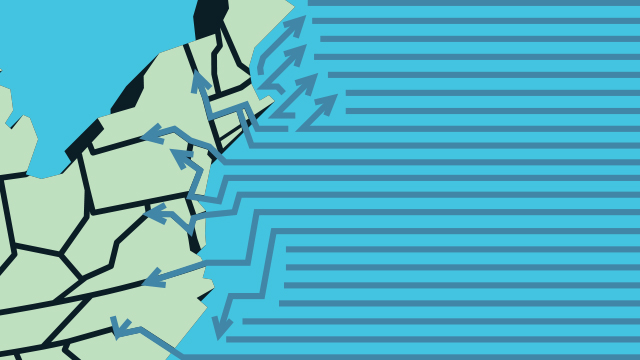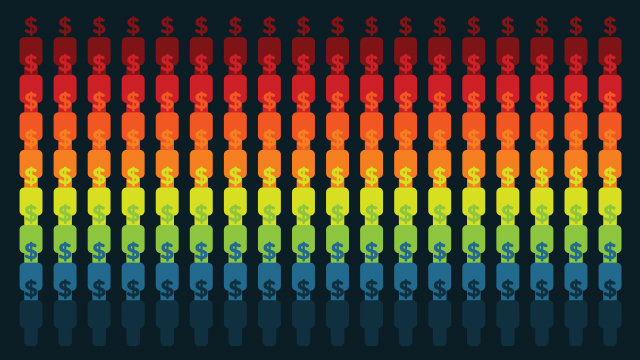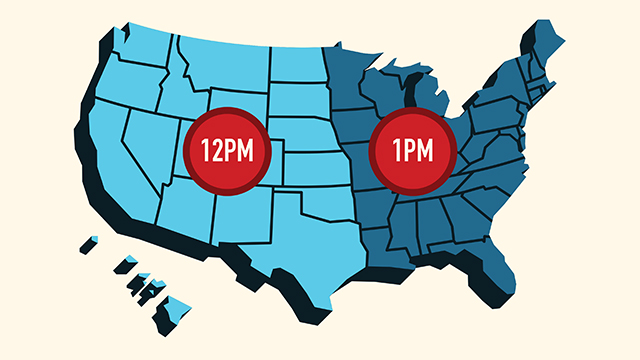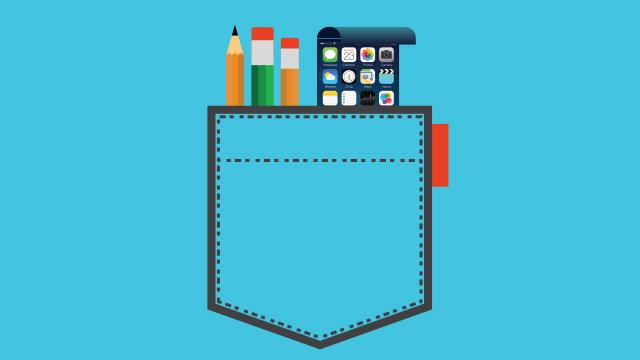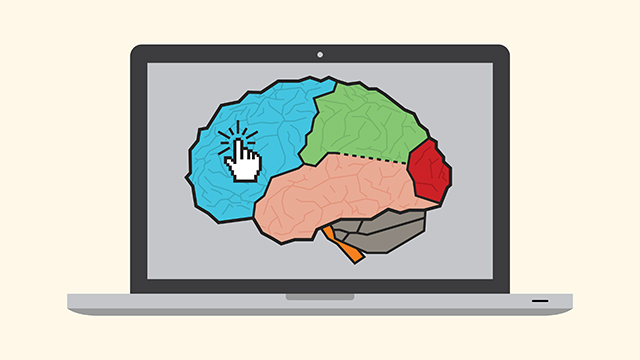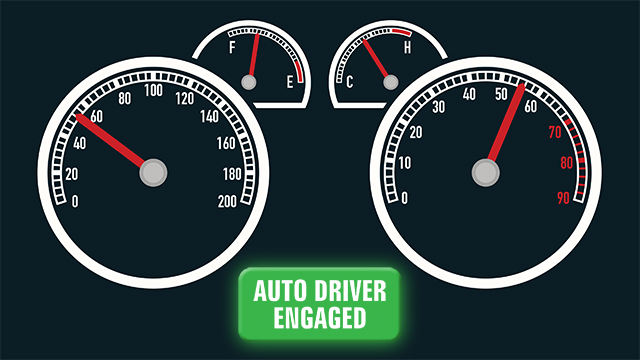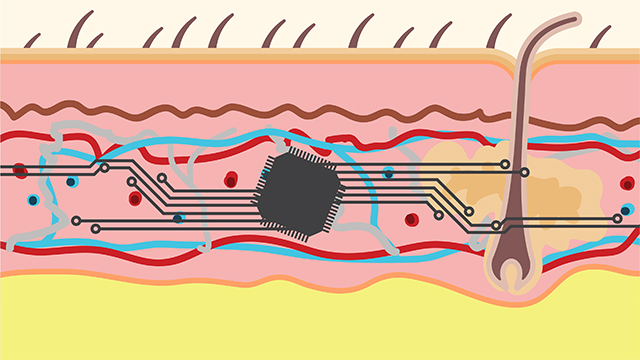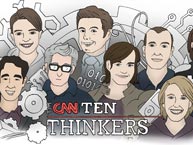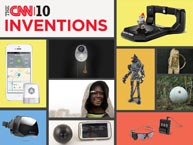By Todd Leopold, CNN
The idea of mind control usually invokes scenes from sci-fi or horror movies, such as "Star Trek's" Vulcan mind-meld, spiritual possession, malevolent hypnosis or malfunctioning implants.
Well, get ready. Human brain-to-brain interfacing – via the Internet, no less – is becoming part real life. And it's not the stuff of horror at all.
In August, a team of researchers at the University of Washington managed to connect their brains using non-invasive technology. Rajesh Rao, a UW computer science and engineering professor, put on an electrode-studded cap and watched a video game, "playing" it with his mind. Across campus, UW psychology professor Andrea Stocco wore a swim-style cap that had a portion equipped with a magnetic stimulation coil.
When Rao thought of hitting a button, a signal was sent online to Stocco's lab, and his finger twitched on his keyboard. It was long-distance telepathy, of sorts.
Rao observes that the demonstration is a progression of known science. Invasive procedures, such as electrical stimulation of brain nodes, have been done for decades; just last year, a company called BrainGate created a robotic arm that, by using a sensor attached to the brain's motor cortex, allowed a paralyzed 58-year-old woman to perform various skills. And non-invasive procedures, such electroencephalograph monitoring and magnetic stimulation, are relatively common.
But human brain-to-brain interfacing is something new – and it's very much a work in progress, Rao says. He and Stocco are now testing on multiple subjects with an eye towards publishing an academic paper next year. The subjects' accuracy varies widely.
"It depends on how good the subject is," he says. "The sender is the one who has to do a lot of work, and some people are better at it than others." The process is like learning a motor skill, he points out, and the more people practice the better they get.
Moreover, not just human abilities are involved; the computer has to recognize the signal as being a motor imagery signal and then separate it from other brain signals. Some people have developed enough focus that the process works up to 90% of the time; others are still at chance levels, Rao says. The signal is crude – enough to jerk a finger, not suddenly create piano playing. It's all pretty rudimentary.
But he has high hopes for the future.
"If you think broadly, I think it opens up a new mode of communication between people," he says. "You can imagine maybe communicating non-verbal types of information, like abstract knowledge, or perhaps communication between people who do not speak the same language."
Even motor skills could be involved: if you're trying to teach someone to play tennis, says Rao, "perhaps you could get a head start through transfer of information directly."
That, of course, is still in the "science fiction realm," as Rao says. And he understands that people might be concerned about horror movie scenarios. But the interfacing requires that both subjects are active participants. It's not like a mad scientist will suddenly start pumping out electromagnetic waves and turn sentient humans into mind-controlled zombies.
Besides, we already have holiday shopping.

